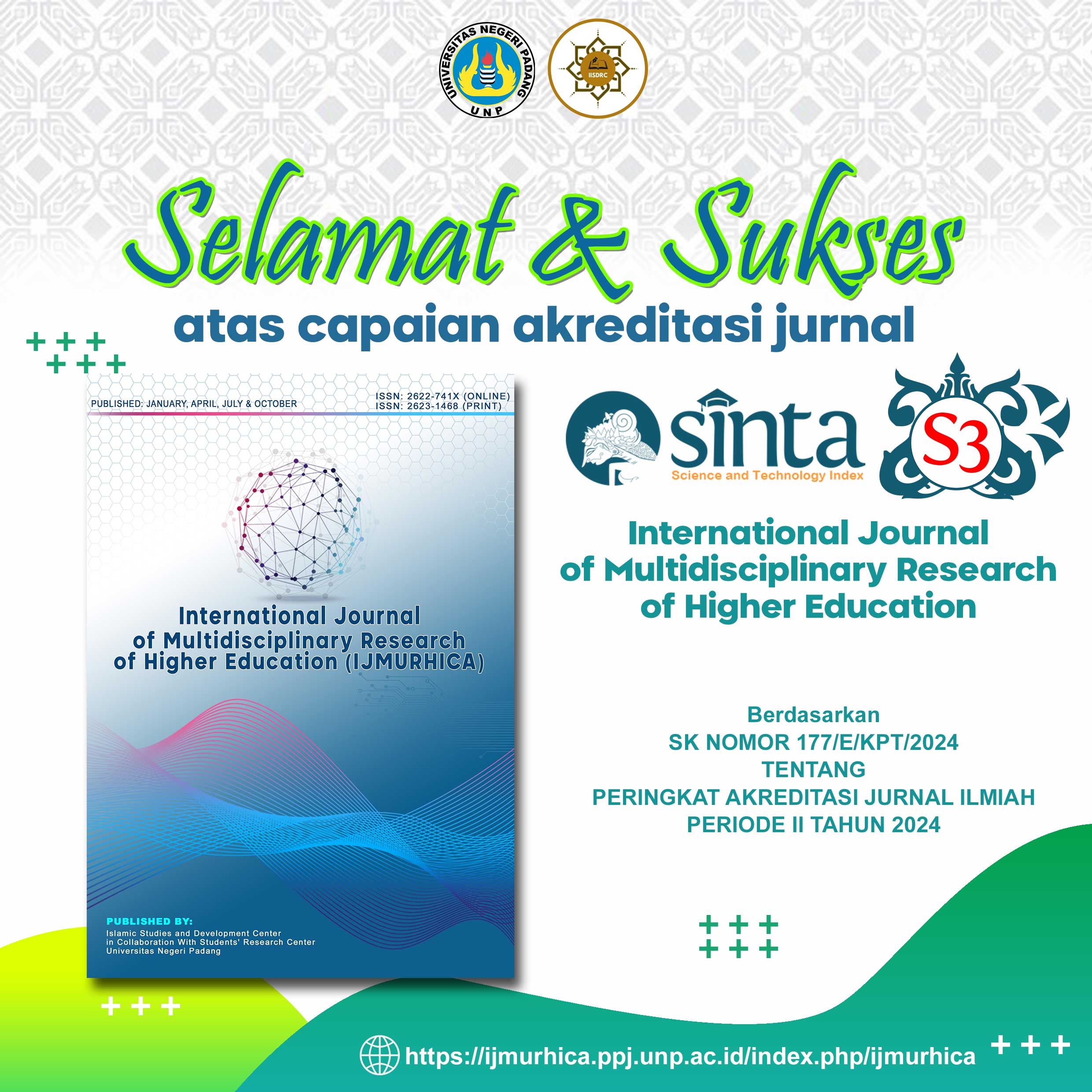The Phenomenolgy of Online Games among Children: Does it Affect Social Relationships
DOI:
https://doi.org/10.24036/ijmurhica.v8i1.323Keywords:
Emotional stability, elementary school, online games, free fire gameAbstract
The phenomenon of online games is increasingly widespread among children, giving rise to various impacts in everyday life. This study aims to analyze the emotional stability of children addicted to playing the collaborative online game Free Fire and its impact on social relationships. This type of online game offers competitive and collaborative elements, allowing children to engage in virtual social interactions. This research uses a qualitative method with a phenomenological approach. Data were collected through participatory observation, in-depth interviews with five children aged 11-12 years, and documentation studies. The results revealed that most children play games intensively, more than 10 times a week, and tend to spend money on in-game purchases. Playing Free Fire affects children's emotional stability, leading to behaviors such as irritability and frustration when losing, as well as consumptive tendencies. But, their social relationships remain relatively intact, as the game provides a platform for interest-based social interaction. However, for some children, excessive focus on gaming can interfere with interactions with those around them. This study highlights the importance of time management and parental supervision to balance digital entertainment with children's emotional and social development. The findings contribute to the study of online gaming addiction, specifically focusing on gaming.
Downloads
Downloads
Published
How to Cite
Issue
Section
License
Copyright (c) 2025 Arie Penemuan Nasution, Maulana Andi Surya

This work is licensed under a Creative Commons Attribution-ShareAlike 4.0 International License.






